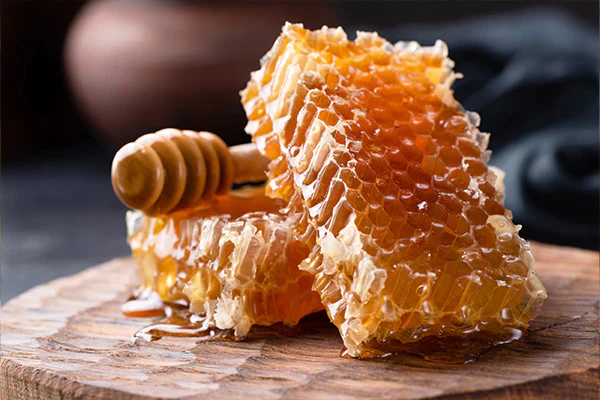
Honey has long been celebrated as a natural sweetener, a health remedy, and even a symbol of purity. However, not everything you hear about honey is true, especially fresh honey. This article will dive into the common misconceptions about fresh honey, clarify some myths, and touch on the intriguing world of mad honey—which causes misunderstandings.
Misconception 1: All Fresh Honey is Raw and Pure
One of the most widespread misconceptions is that the effects of mad honey are always raw and pure. The truth is, that not all fresh honey is raw. “Fresh” refers to honey that has recently been harvested. It doesn’t guarantee that the honey hasn’t been processed or pasteurised. Raw honey has not been heated above natural hive temperatures (around 95°F) and hasn’t been heavily filtered. This preserves the beneficial enzymes, pollen, and nutrients that make raw honey valuable.
Processed honey, on the other hand, is often heated and filtered, which can strip away many of these beneficial components. Always check the label if you’re looking for true raw honey; fresh honey alone doesn’t necessarily mean it’s raw.
Misconception 2: Honey is not Medicinal
Hallucinogenic honey is a rare type of honey produced by bees that gather nectar from rhododendron flowers. This honey contains grayanotoxins, which can induce symptoms ranging from dizziness and nausea to hallucinations when consumed. The effects of mad honey varies, though traditionally used in some cultures for its medicinal properties, mad honey should be approached with caution due to its potent effects.
Misconception 3: Fresh Honey Never Crystallizes
Another common myth is that fresh honey should always remain liquid and that crystallisation is a sign of spoilage. In reality, crystallisation is a natural process that happens to most types of honey over time, regardless of how fresh it is.
The rate at which honey crystallises depends on its glucose-to-fructose ratio and storage conditions. Honey with higher glucose levels, like clover honey, crystallises more quickly, while honey with higher fructose levels, such as acacia honey, remains liquid longer.
Crystallised honey is not spoiled; in fact, it retains its quality and can even be spread more easily on bread or toast. If you prefer liquid honey, gently warm the container in warm water to re-liquefy it.

Misconception 4: All Fresh Honey is Safe for Everyone
What is mad honey you may ask. This can be particularly intense, leading to symptoms like nausea, vomiting, and even hallucinations. While some cultures use mad honey for its medicinal properties, caution is crucial. The legal status of mad honey varies by region, and in some places, it may be illegal due to its potential dangers.
Many believe that honey, a natural product, is safe for everyone, including infants. However, this is not true. Honey can contain spores of Clostridium botulinum, a bacterium that can cause botulism—a rare but serious illness. While the spores are generally harmless to older children and adults, infants under one year can’t handle them, making honey dangerous for babies.
This caution applies to all types of honey, including fresh and raw honey. Always consult a paediatrician before introducing honey to a young child’s diet.
Misconception 5: All Fresh Honey Tastes the Same
Honey’s flavour is directly influenced by the type of flowers from which the bees collect nectar. This means honey can have a wide range of flavours, depending on its floral source. For example, orange blossom honey has a light, citrusy flavour, while buckwheat honey is dark and robust with a molasses-like taste. The idea that all fresh honey tastes the same ignores the incredible diversity found in honey.
Misconception 6: Fresh Honey is Always Safe—Even Mad Honey
Fresh honey is often assumed to be inherently safe, but this isn’t always the case, especially with more exotic varieties like mad honey. This is a rare type of honey produced by bees that collect nectar from the mad honey rhododendron. This plant contains grayanotoxins, which can cause effects, from mild dizziness to serious health risks, depending on the dose consumed.
Misconception 7: Fresh Honey is Always Better
While fresh honey has its benefits, it’s not always superior to aged honey. Honey has an incredibly long shelf life due to its natural preservative properties. Properly stored honey can last indefinitely, and some believe that honey’s flavour can develop and improve with time, much like wine. The idea that only fresh honey is good honey overlooks the longevity and durability of this remarkable product.
Fresh honey is a versatile product, but it is needed to separate the facts from the myths. Not all fresh honey is raw, it can crystallise naturally, and it’s not always safe for everyone—especially when it comes to more exotic varieties like mad honey.
Contact Maddest Mad Honey for other inquiries.
